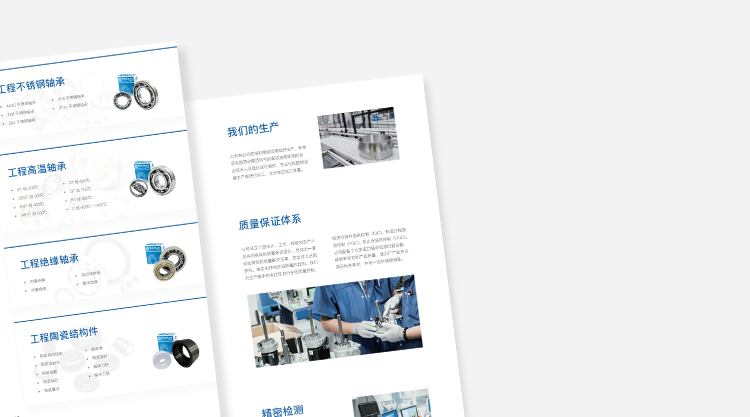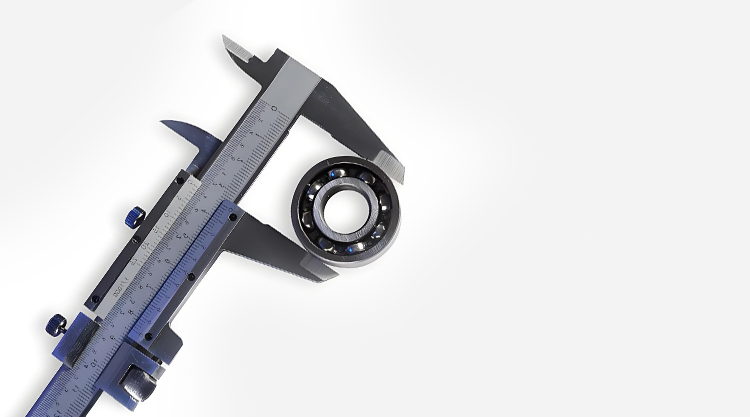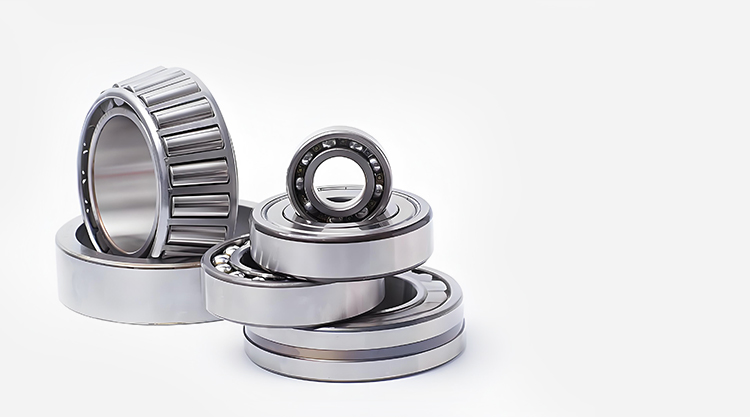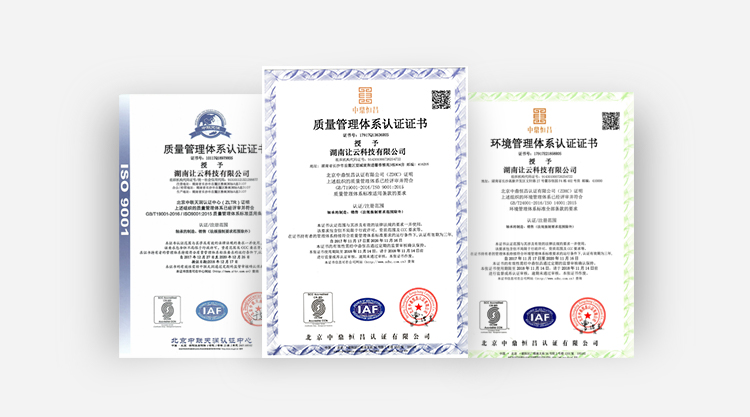In-depth Analysis of Bearing Fit Tolerances: Standards, Selection, and Application
Release Time:【2025-04-11】 Author:【 RANGYUN
】Page Views :【

Rangyun Technology specializes in bearing R&D, design, and testing for new products and applications, supporting your innovation to help you stay competitive.

We provide technical services for bearings in new products and applications, offering solutions, support, and expertise beyond just products.

With cross-industry experience, we create tailored solutions using RANUR bearings, expertise, and equipment, supporting your product lifecycle and helping you stay competitive.

We offer reliable solutions for your business in harsh environments, ensuring asset reliability and optimizing lifecycle while meeting market demands.
In mechanical design and manufacturing, bearing fit tolerances play a crucial role. Proper fit tolerances not only ensure the normal operation of bearings but also improve equipment stability and service life. This article will provide a comprehensive analysis of the basic concepts of bearing fit tolerances, standards, selection methods, and marking techniques, along with the latest bearing fit tolerance tables, bearing fit tolerance comparison tables, and national standard bearing inner and outer diameter size tables to provide engineers and technicians with detailed reference.
Bearing fit tolerances refer to the allowable dimensional error range in the manufacturing process to ensure smooth assembly of the components during bearing installation. Proper tolerance design ensures that the inner and outer rings, shaft, and bearing housing achieve the best fit, thereby improving transmission efficiency and vibration resistance.
Common fit types in bearing applications include transition fit, interference fit, and clearance fit. Selecting the appropriate fit type based on assembly requirements and operating conditions is crucial for ensuring long-term stable operation of the bearing.
The fit between bearings and shafts can be divided into three types:
| Basis Hole System | Based on the size of the hole, commonly used for assemblies requiring higher precision |
|---|---|
| Transition Fit | Ensures there is a certain gap between the shaft and the hole while ensuring the tightness of the assembly, suitable for general conditions |
| Interference Fit | Typically used in applications requiring higher transmission efficiency and vibration resistance |
1. Basic Introduction to Standard Stainless Steel Bearings with Inner Diameter 1-1.5 (SKF)
